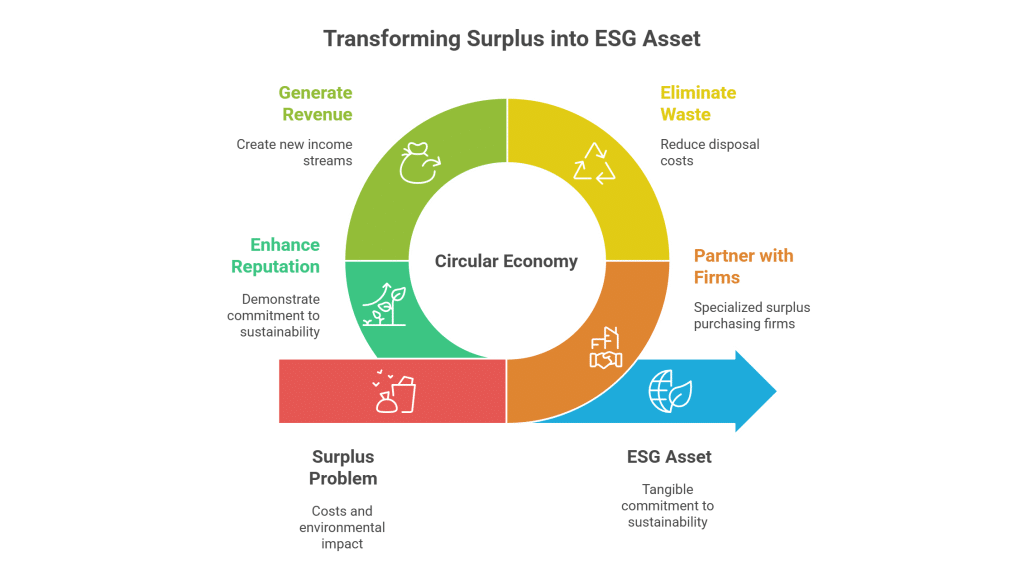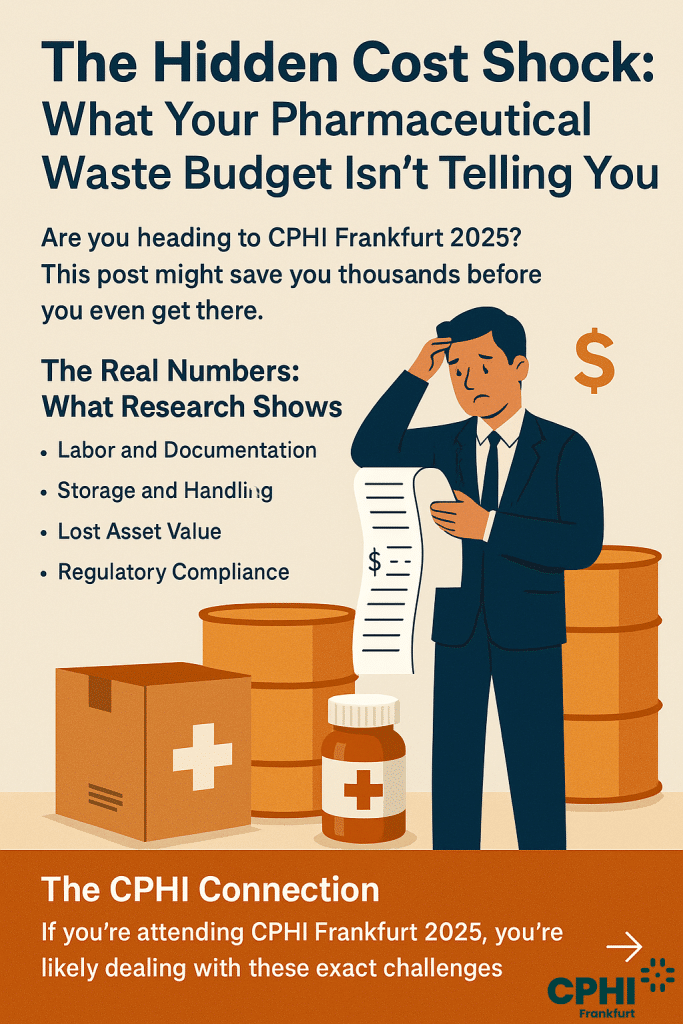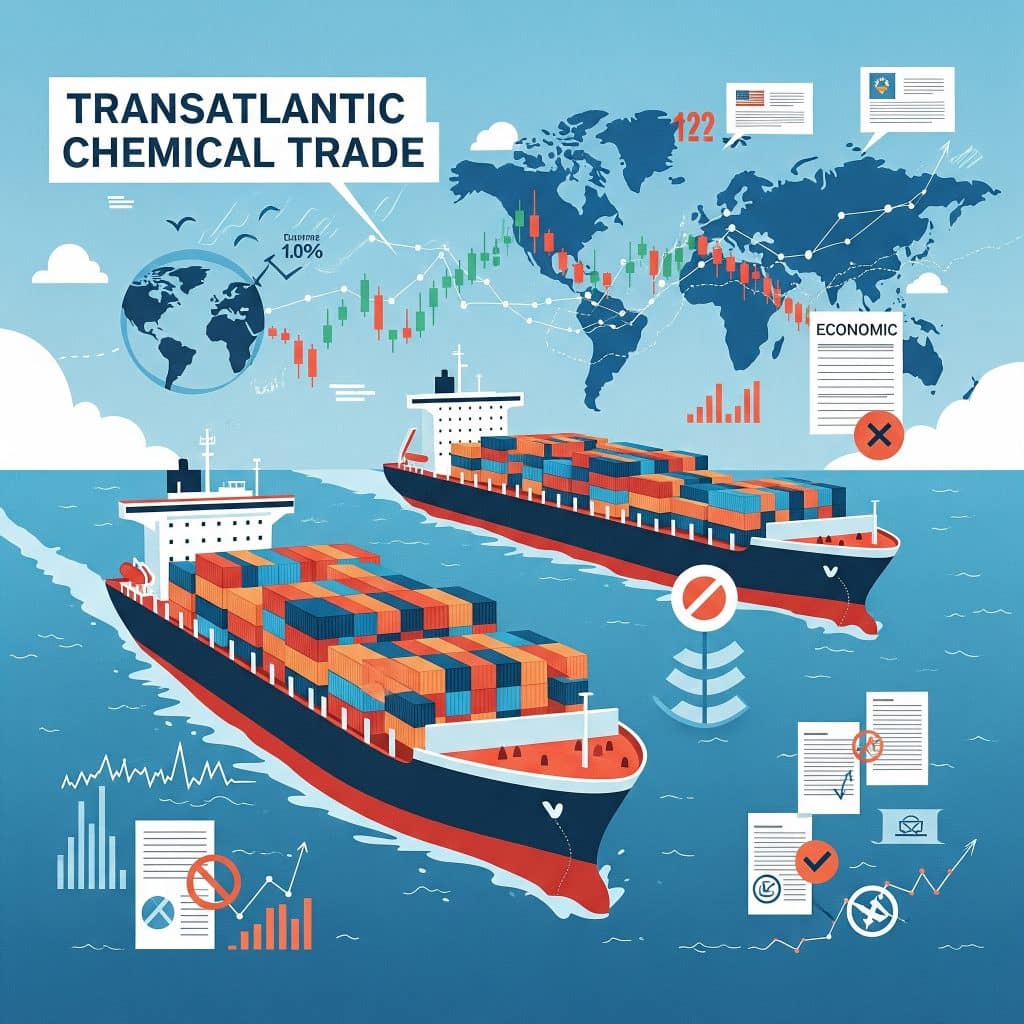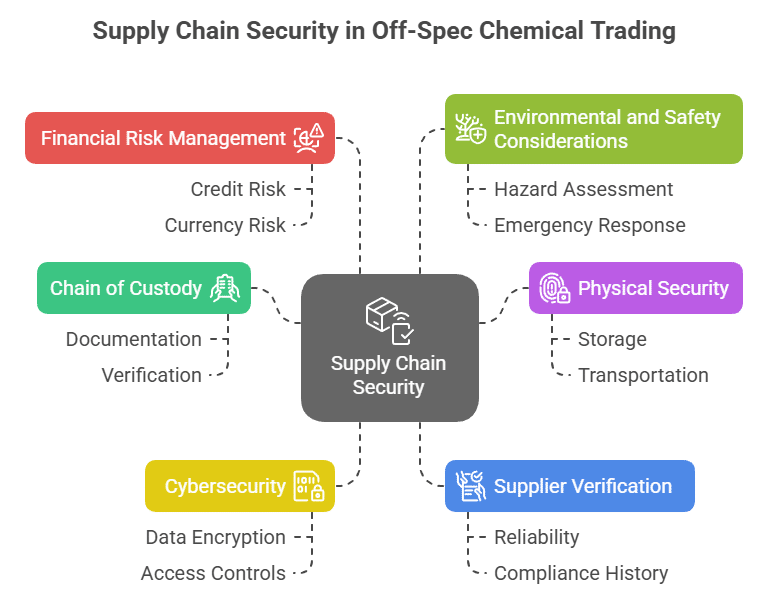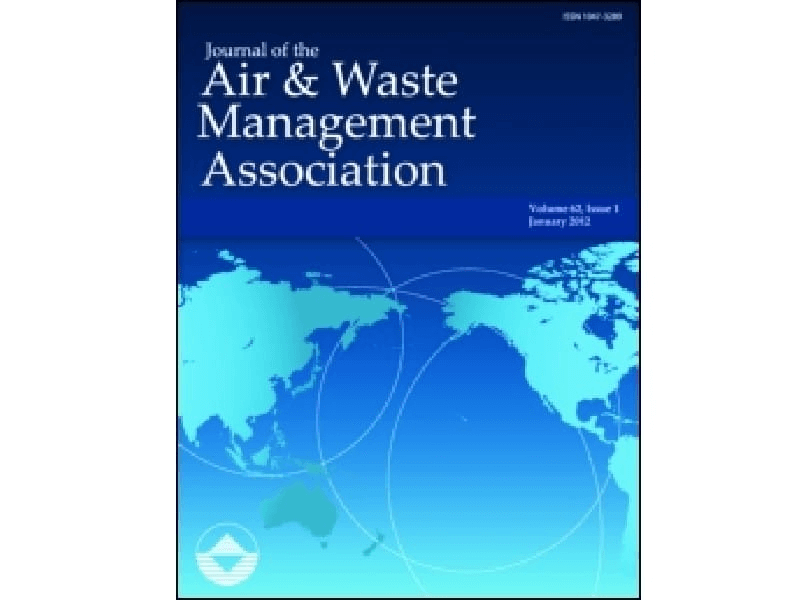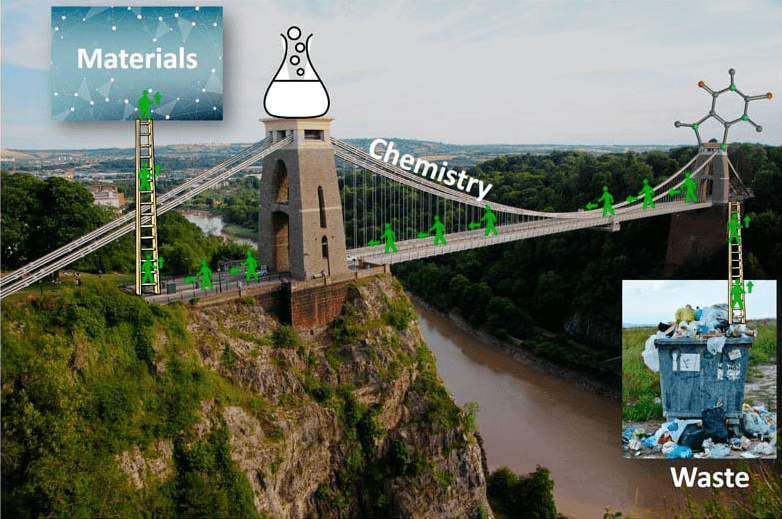Unlocking the Value of Excess Chloroform in Laboratory & Pharmaceutical Applications
Chloroform, a well-recognized solvent, has long been integral to various laboratory and pharmaceutical processes. Despite its historical use as an anesthetic, modern applications favor its role as a highly effective solvent for organic compounds and in chemical synthesis. As surplus inventory, chloroform poses both a challenge and an opportunity for businesses that manage chemical stocks, turning what may seem like waste into a valuable resource for innovative re-use.
Chloroform Surplus Trading in Laboratory & Pharmaceutical Sector - Enhance Efficiency and Sustainability
In today’s competitive market, buying and selling surplus chemicals like chloroform not only recovers costs but also maximizes storage efficiency and supports environmental sustainability. By engaging in surplus trading, companies can convert excess stock into profit, avoid costly disposal procedures, and adhere to strict environmental regulations. This process transforms a potential liability into a strategic asset by freeing up valuable storage space and reducing the expense of hazardous waste management.
Chloroform in Laboratory & Pharmaceutical Industry Applications
For buyers, securing a reliable source of chloroform from surplus inventories means significant cost savings, guaranteed high-quality stock, and reduced downtime in research projects. Buyers benefit from competitive pricing and sustainable procurement practices while ensuring compliance with quality and safety standards.
Sellers of surplus chloroform gain the advantage of recovering storage costs, managing excess inventory efficiently, and turning surplus chemicals into a profitable asset. This not only mitigates the risk of hazardous waste accumulation but also supports sustainability initiatives and helps avoid fines associated with non-compliant disposal methods.
Table of Contents
Transforming Surplus into Strategic Advantage: A Real-World Success Story
A mid-sized pharmaceutical research facility found itself burdened with an excess supply of high-grade chloroform due to changes in their production schedule. Instead of incurring significant disposal costs and storage challenges, they opted to list their surplus on a specialized trading platform. This decision not only freed up valuable warehouse space but also generated additional revenue. The acquired chloroform was successfully repurposed by another firm for critical solvent applications, ultimately boosting productivity on both sides while adhering to strict regulatory standards and significantly reducing environmental waste.

